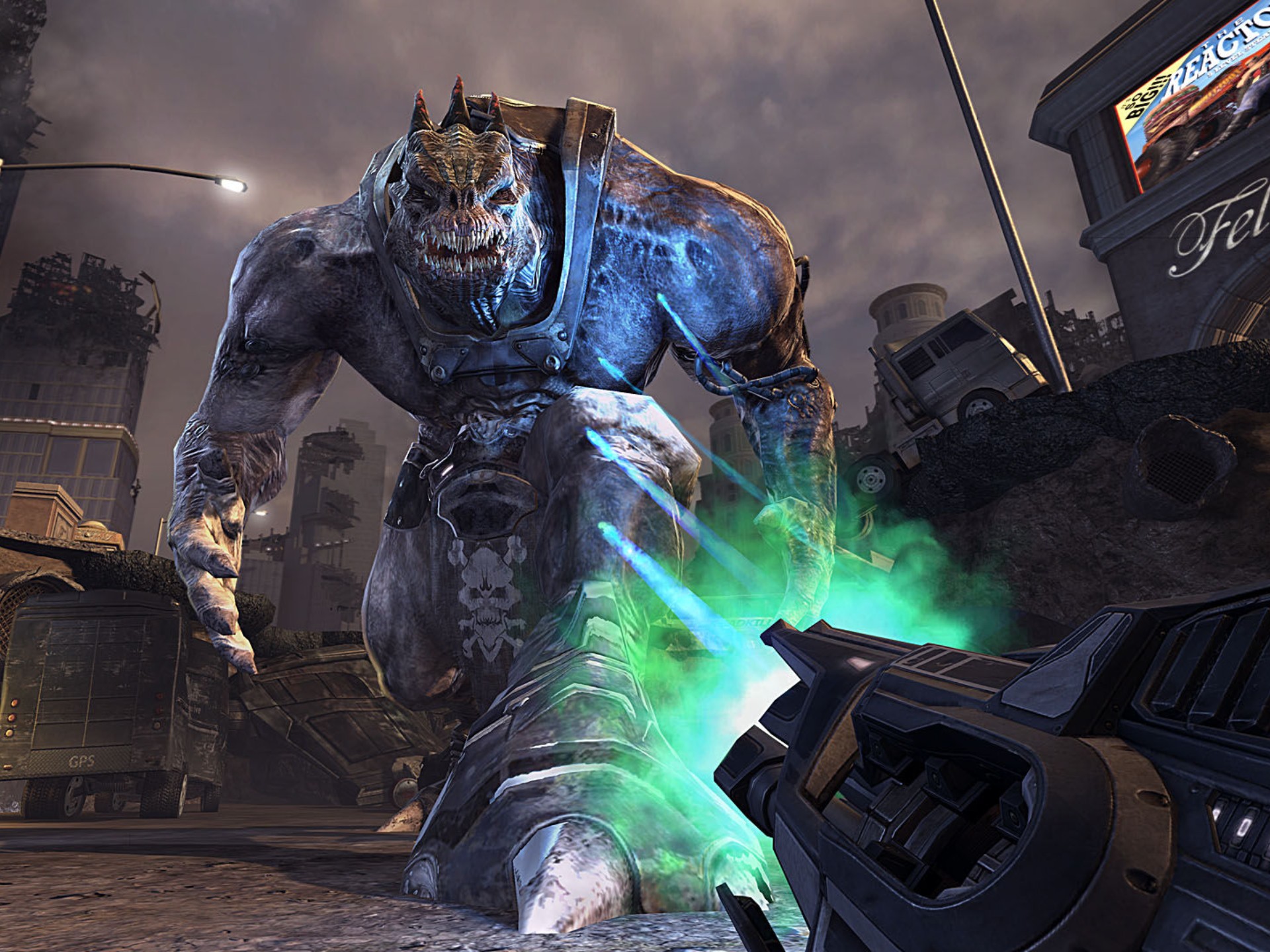Beyond the Headlines: The Art of Deep Game Coverage in the Modern Era
In the hyper-accelerated world of video games, the flow of information is relentless. A new trailer drops, a patch note upends the meta, a studio shuts down, a sequel is announced—each event triggers a tidal wave of content. For game journalism and content creation, this presents a fundamental dichotomy: the race to break the news and the imperative to provide in-depth analysis. The most compelling and valuable game coverage in the modern era doesn't choose between these two poles; it masterfully integrates both, serving an audience that craves immediacy just as much as it desires substance.
The Lightning Strike: The Power and Peril of Breaking News
The breaking news cycle is the lifeblood of daily game coverage. It’s the first alert about a release date, the initial screenshot leak, or the executive announcement from a major conference like The Game Awards. This type of content operates on a currency of speed and accuracy. Outlets compete to be the first reliable source, knowing that being even minutes ahead can dictate traffic and algorithmic favor.
However, the breakneck speed of this cycle is a double-edged sword. The pressure to publish first can sometimes lead to the dissemination of unverified information or a superficial reading of events. A headline might announce "Massive Layoffs at Studio X," but without immediate context, it leaves readers with more questions than answers: How many? Why now? What does this mean for their upcoming project?
This is where the role of the journalist evolves from a mere messenger to a crucial first interpreter. Effective breaking news isn’t just a copy-pasted press release. It’s a quickly crafted piece that provides the essential who, what, when, and where, but also seeds the initial why. It includes a relevant quote from a developer’s past interview, a brief mention of the studio’s recent history, or a single-sentence note on the broader industry trend this news might fit into. This initial layer of context transforms a raw news bite into the first chapter of a larger story.
From What Happened to What It Means: The Depth of Analysis
If breaking news is the spark, in-depth analysis is the sustained fire that illuminates the bigger picture. This is the coverage that lives not on the homepage for a few hours, but that gets bookmarked, shared in Discord servers, and cited in future discussions. It’s the deep dive that answers the questions the initial headline could not.
Deep analysis in game coverage takes many forms:
- The Post-Mortem: A weeks- or months-later examination of a game's launch, its cultural impact, player retention, and how it fulfilled (or failed) its initial promises.
- The Technical Teardown: Going beyond framerate and resolution to analyze the architectural marvels (or missteps) of a game engine, the clever use of streaming technology, or the implementation of new rendering techniques like ray tracing.
- The Design Critique: A meticulous look at game systems—how a game’s economy is balanced, how its narrative choices create meaningful consequences, or how its level design guides the player experience.
- The Cultural Lens: Placing a game or industry event within a larger societal context. How does this title reflect or comment on contemporary issues? What does the consolidation of publishers say about the economics of creativity?
This work requires time, expertise, and a perspective that transcends the immediate reaction. It’s built on a foundation of research, interviews, and a deep understanding of game history and design principles. The analyst’s role is to connect the dots, revealing patterns and consequences that are invisible in the moment of the news break.
The Seamless Integration: A New Model for Coverage
The most forward-thinking publications and creators are erasing the hard line between news and analysis. They are building coverage ecosystems where each piece of content informs and enhances the others.
The model looks like this:

- The Alert: A concise, accurate, and context-aware breaking news post.
- The Rapid Response: A follow-up article or video a few hours later, gathering early community reaction, developer statements on social media, and initial expert takes. This begins to frame the narrative.
- The Deep Dive: Days or weeks later, the comprehensive analysis is published. It references the initial news, incorporates the evolving story, and provides the definitive take on the event’s significance.
This approach treats a news event not as a single point in time but as an ongoing story. It respects the audience’s intelligence, acknowledging their desire for instant information while promising a more thoughtful examination to come. For example, the announcement of a new Elder Scrolls game would trigger the immediate news post. This would be followed by a video analyzing the trailer shot-by-shot for lore clues and engine details. Finally, a long-form written piece would explore the development challenges Bethesda faces, the expectations of the community, and the title’s potential place in the Western RPG canon.
The Value Proposition: Serving a Discerning Audience
In an age of misinformation and click-driven content, the fusion of breaking news and deep analysis is not just a strategy—it’s a commitment to integrity and value. It builds trust. An audience that knows it can rely on a source for both speed and depth becomes a loyal community.
This model provides a necessary antidote to the toxicity that can sometimes surround games. By taking the time to analyze and contextualize, coverage can move beyond knee-jerk reactions and outrage cycles. It can explain why a controversial design choice might have been made, or how a problematic trope fits into a wider pattern within the industry, fostering a more nuanced and constructive conversation.
Ultimately, deep game coverage is an act of respect for the medium itself. Video games are complex works of art, technology, and commerce. They deserve to be covered with the urgency they generate as products and with the thoughtful critique they warrant as cultural touchstones. By marrying the immediacy of the headline with the wisdom of the deep dive, the next generation of game coverage can truly do justice to the vibrant, chaotic, and incredible world of video games.


















